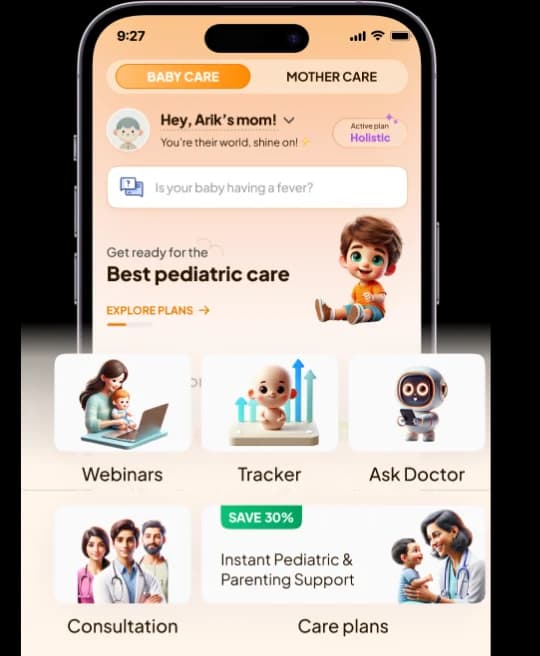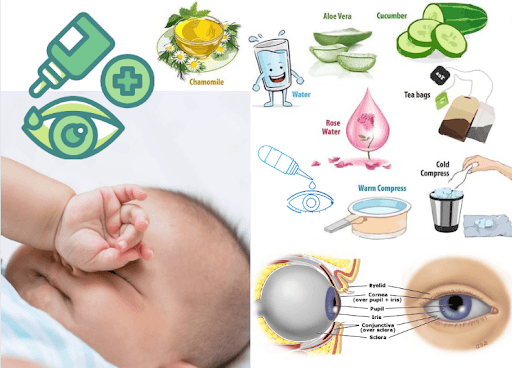
Did you know that first-degree relatives (parent, sibling, kid) have a one-in-ten probability of having celiac disease?
Celiac disease affects one in every 100 persons, making it a common disease among children. As a new mother, you’re likely always on the lookout for signs that your baby is not feeling well. One condition that you may not be familiar with is celiac disease, an autoimmune disorder that affects the digestive system.
In this blog, we’ll discuss everything you need to know about celiac disease in babies.
What is celiac disease?
Celiac disease is a condition in which the immune system reacts to gluten, a protein found in wheat, barley, and rye. This reaction can damage the lining of the small intestine, making it difficult for the body to absorb nutrients.
**Gluten, a protein found in wheat, rye, and barley, is toxic to those with celiac disease. **Many people believe that gluten is only present in food products. No, the protein is also used in various products, from medications to vitamins to cosmetics like lotions, shampoos, and lip gloss.
Risk Factor
Celiac disease can be discovered in kids with no noticeable symptoms in two ways. The first is having a concurrent medical condition that requires celiac disease testing-
- A family member with celiac disease
- An IgA deficiency
- Children and adolescents with arthritis
- Down syndrome – hereditary condition (Trisomy 21)
- Thyroid issues
- Turner’s syndrome
- Type 1 diabetes
- Williams syndrome








